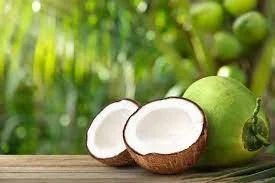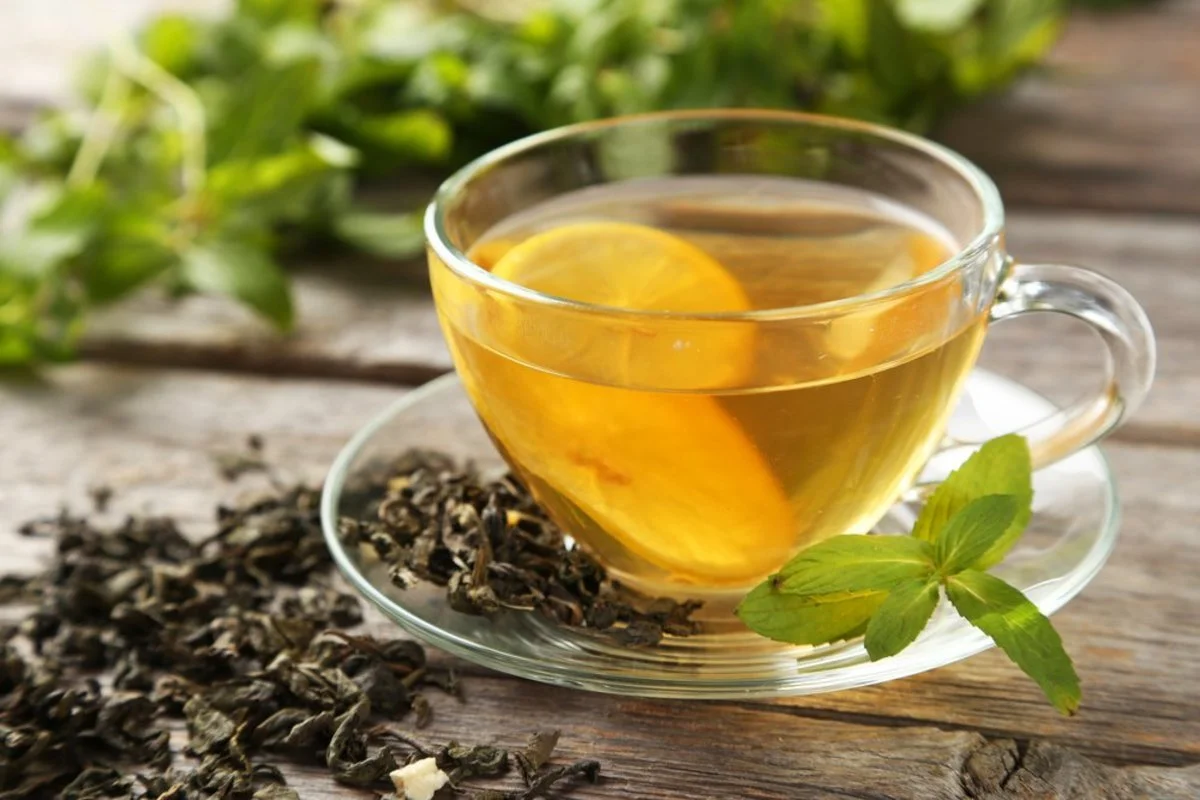Hungry for some recipes? I hope so. Below are some beautiful, healthful, fall recipes that I truly enjoyed. Fingers crossed you do too!
Breast Cancer Awareness Month & Cancer Awareness for All
To the Women’s Healthy Eating & Living (WHEL) study participants and all of my patients, thank you! Thank you for helping me strive to learn more and more everyday, to be understanding & compassionate, and guiding me be the best practitioner I can be. You inspire me everyday, yes, each and everyday! Thank you!
Watercress - the healthiest vegetable in the world!
The CDC confirmed that watercress is THE healthiest vegetable in the world! The CDC assigns nutrition density scores to foods and the only vegetable to earn a perfect score of 100 is watercress. “What’s watercress?” you may ask. This leafy green is part of the Brassicaceae, or cruciferous vegetable, family and grows in bodies of fresh water, like streams and ponds. Reports suggest that watercress has been eaten for over three thousand years. It was a staple ingredient in ancient Greek, Persian, and Roman civilizations.
Simple & Delicious Summer Recipes
Coconut – should we be eating it by the spoonful or avoiding it like the plague?
Some of you may have read the recent Sugar & Cancer article published in the New York Times. Since then, I’ve received questions about coconut and its role in our health. Those questions helped me realize that there is considerable confusion out there about the role of coconut in our diet.
Radishes - A truly underrated veggie!
They look pretty, they’re healthful, and add a kick to your palate. Bitter pungency – that’s because they’re a cruciferous vegetable, simply one more reason to eat them. One cup of raw radishes has fewer than 20 calories, just four grams of carbohydrates, two of which are fiber, and provides about 30% of the daily value for immune-supporting vitamin C and small amounts of B vitamins, potassium, calcium, iron, and magnesium. And they’re packed with antioxidants. With that red/purple color, radishes can be rich in anthocyanins that are cardio-protective. Radish sprouts are a concentrated source of sulforaphane and offer quercetin, zeaxanthin, lutein, beta-carotene and other antioxidants. Seeking to increase your calcium and beta-carotene content? Eat radish leaves. Yes, the greens of the radishes are loaded with nutrient perks too.
Seeds - True, Nutrient Powerhouses!
Carbs - are you confused?
Carbs – Should I be eating them? Are they forbidden? Which carbs should I choose?
If you’ve been reading at all about carbohydrates, chances are, you’re confused. Should you eat them? Which ones are best to consume? Does it matter when you eat them? How many should you eat? And more.
To back up a bit, carbohydrates are our bodies primary source of energy. They are naturally found in vegetables, fruits, beans/legumes, whole grains, and nuts/seeds. In these foods, carbohydrates provide vitamins, minerals, dietary fiber, and a host of protective phytochemicals.
Cherries - healthful & delicious!
Brightly colored inside and out, you know that cherries must be full of protective phytochemicals. Additionally, they’re loaded with vitamins, minerals, fiber, and prebiotics. The fiber in cherries helps with blood sugar, cholesterol, weight management, GI motility, and perhaps more. Antioxidant-rich in vitamin A, C, and E, this low-histamine fruit also contains polyphenols, a type of phytochemical. Cherries also provide B vitamins, manganese, copper, magnesium, and vitamin K.
Greens – Beautiful, dark, leafy greens!
You hear a lot about greens, why is that? So many reasons, but to start, leafy greens are rich in vitamins, minerals, fiber, prebiotics, and protective phytochemicals. As excellent sources of folic acid, B vitamins, vitamin C, vitamin K, magnesium, potassium, and fiber, greens are arguably the most nutrient dense family of vegetables, especially cooked, when they are denser in volume than raw. Green leafy vegetables have been linked with a lower incidence of cancer and cardiovascular disease - cerebral infarction, heart disease, and stroke. And, these veggies may help boost brain health. What greens are we talking about? Spinach, kale, Swiss chard, collards, bok choy, cabbage, dandelion, mustard, turnip greens, microgreens, and more.
Heavy Metals in our Food Supply
The presence of heavy metals in foods is a hot topic that involves contamination of the food chain and potential harm to public health. When you read about possible health consequences of heavy metals, it’s frightening! Heavy metal toxicity may result in fatigue, thyroid abnormalities, mitochondrial dysfunction, autoimmune conditions, and more. Over time, cadmium exposure may lead to digestive difficulties, kidney damage, cardiovascular disease, bone damage, and cancer. Beyond impaired brain development in children, lead toxicity can lead to cardiovascular disease and cancer. High levels of arsenic can also lead to cardiovascular disease and cancer as well as diabetes and impaired cognitive development in children.
Stress & Anxiety - What's the Difference?
STRESS AND ANXIETY ARE NORMAL TO EXPERIENCE AND CAN AFFECT THE MIND AND THE BODY. BOTH CAN BE TRIGGERED WHEN EXPERIENCING A CHALLENGING OR THREATENING SITUATION, AND IT CAN BE DIFFICULT TO DIFFERENTIATE BETWEEN THEM. LIKE OTHER EMOTIONAL RESPONSES, IT IS BENEFICIAL TO UNDERSTAND THEM IN ORDER TO GUIDE YOU TO A SOLUTION OR A WAY TO MANAGE THE PROBLEM.
Seasonal Produce - is it worth it?
It is common knowledge to know that consuming fruits and vegetables year round is essential to maintain optimal nutrition. However, the timing of when to consume certain fruits and vegetables is equally as important. There is a reason why watermelon is a favorite during the summer and why cranberries are popular during Thanksgiving! They are at their most nutritious and taste peak when grown during their preferred season. Growing produce outside of their natural season leads to the increased use of chemicals such as pesticides and other substances. These chemicals negatively impact our environment, pocketbook, and health. Pesticides contaminate our soil and water which ultimately can affect the livelihood of all living organisms. Farmers with long term exposure to pesticides are in jeopardy for health risk including immunotoxicity. It’s also quite expensive to grow and purchase non seasonal produce. Furthermore, we will highlight different fruits and vegetables and list when to consume/grow them.
Kumquats - what the heck are kumquats?
Who knew I loved kumquats as much as I do? I certainly didn’t enjoy them as a child, but have grown more fond of them through the years. And this year, well, it’s been the pinnacle of my kumquat enjoyment. I’ve eaten more in the past couple of months than ever (thanks to a dear friend and her tree).
Protein Powders - which one is the best?
Protein is needed for muscular growth, cellular repair, and the manufacturing of hormones, enzymes, and antibodies. Amino acids, the building blocks of proteins, cannot be stored in the body so a daily supply is needed. Without adequate dietary protein, the body must break down its own muscle to meet protein needs. Be sure to include some source, plant or animal, clean and healthy preferred, of protein with every meal. Consuming adequate protein is vital for a strong immune system. Higher protein may also help maintain a healthy metabolism and an optimal body composition. Aim for a minimum of 1.2 grams of protein/kg body weight. If you’re losing weight and muscle mass and/or exercising intensely on a regular basis, aim for 1.5-1.8 grams of protein/kg body weight. [Not sure how much you weigh in kg, simply divide your weight in pounds by 2.2.]
Nourishing Soups
Green Tea & its Potential Benefits
Why all the hype about the green and white tea? Potency. Green tea is produced from the fresh leaves of Camellia sinensis by steaming or drying without fermenting. Categorizing tea as “black,” “oolong,” “green,” or “white” depends on the amount of processing the leaves undergo. White tea is the least processed, followed by green. The minimal processing results in a higher concentration or protective polyphenols - antioxidants that prevent DNA damage. Polyphenols, mainly composed of catechins, are the main functional extracts from green tea, and the major green tea polyphenol is epigallocatechin-3-gallate (EGCG) accounting for more than 50% of total polyphenols. Tea polyphenols, specifically catechins and EGCG, are crucial in promoting health. Green tea and EGCG can be promising candidates for the prevention and management of cancer, obesity, diabetes, cardiovascular diseases, neural diseases, and liver diseases, owing to its potent antioxidant, anti-inflammatory, and anti-fibrogenic properties. Research has found that green tea supplementation improves total antioxidant capacity.
Optimal Immune Support
It’s that time of year for extra immune support. Or, has ‘that time of year for immune health’ now become every day of the year? Colds, flus, COVID-19, I certainly hope to avoid it all.
Nutritional status and immune function are strongly intertwined with one another. Supporting the gut microbiome is essential as our digestive health is responsible for a solid 60%, if not more, of our immune function. To support your microbiome, consume dietary sources of polyphenols, prebiotics, and probiotics.
Polyphenols – green tea, pomegranate, berries, cacao powder
Prebiotics – berries, jicama, mushrooms, leeks, onions, garlic, flax seed, seaweed
Probiotics – sauerkraut, kim chi, tempeh, coconut kefir, kombucha, miso
Healthy Holiday Treats
Melatonin – how may it be useful?
Primarily synthesized in the pineal gland, melatonin is a hormone produced and released in relation to the circadian rhythm. To a lesser extent, melatonin is also synthesized in the heart, liver, placenta, skin, kidney, gut, and more. Melatonin secretion from the pineal gland decreases as we age.
Melatonin is involved with the promotion of sleep, timing of other circadian functions, immune regulation, and modulation of pituitary and adrenal hormones. The release of melatonin is regulated by light exposure. Melatonin concentrations rise as light fades prior to darkness, peak during darkness, and fall when exposed to light to promote wakefulness. Evening artificial light can have the same effect as sunlight, which explains how it can disrupt the rhythmic release of melatonin.




















